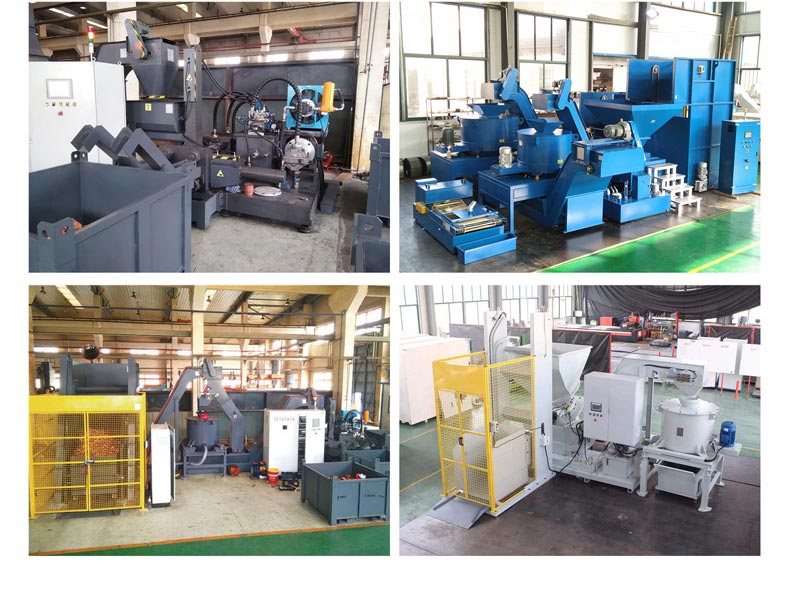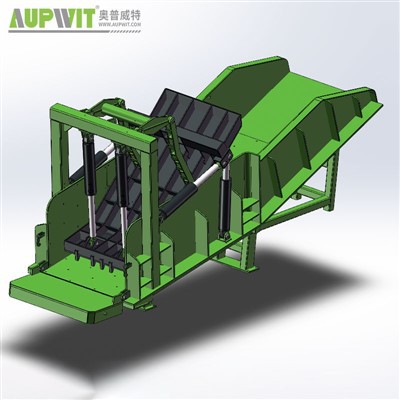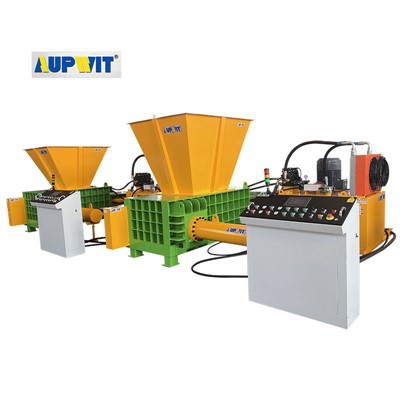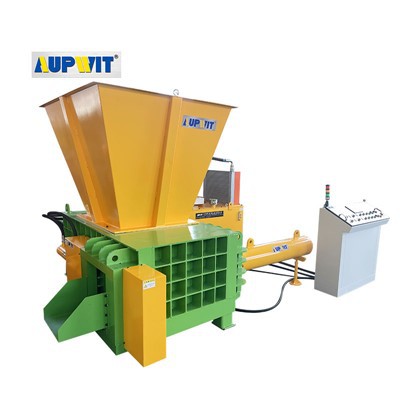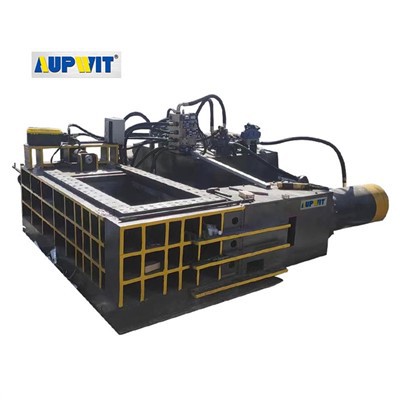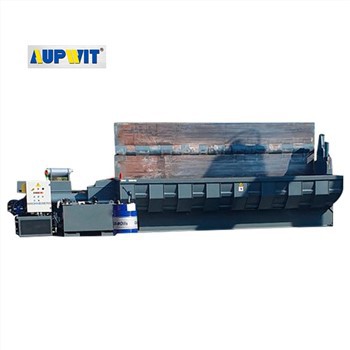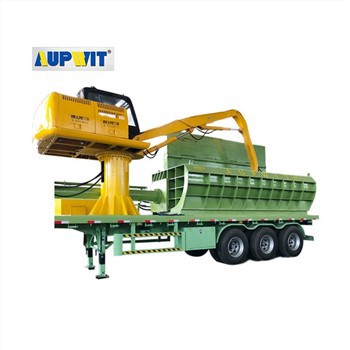1. The equipment cannot start
Check whether the power supply is normal, including whether the power cord is plugged in, whether the switch is turned on, whether the fuse is blown, etc.
Check whether the relays, contactors and other components in the electrical control cabinet are damaged. If damaged, replace them in time.
Check whether the motor has faults, such as short circuit and open circuit of the motor winding, which can be detected with a multimeter.
2. Insufficient pressing pressure
Check whether the hydraulic oil level is too low. If the oil level is too low, add hydraulic oil to the specified oil level.
Check whether the overflow valve is set correctly and whether there is a fault that causes the pressure to fail to increase. If necessary, readjust the overflow valve or replace a new overflow valve.
Check whether the hydraulic pump is working properly and whether it is worn or damaged. If there is a problem, repair or replace the hydraulic pump in time.
3. The pressing speed is too slow
Check whether the flow of the hydraulic system is insufficient. It may be that the hydraulic oil filter is blocked and needs to be cleaned or replaced.
Check whether the motor speed is normal. If the motor speed is too low, check whether the power supply voltage of the motor is normal and whether the motor is faulty.
Check whether the pressing stroke is set too long. The pressing stroke can be adjusted according to the actual situation.
4. Mold damage
Check whether the particle size of the material is too large or too hard, which leads to increased mold wear. If necessary, adjust the particle size of the material or replace the appropriate mold.
Check whether the pressing pressure is too high and exceeds the tolerance of the mold. The pressing pressure can be appropriately reduced.
Check whether the mold is installed correctly, whether it is loose or offset, and if there is a problem, reinstall the mold.
5. There is abnormal noise during equipment operation
Check whether the transmission parts, such as pulleys, gears, chains, etc., are loose or worn. If loose, tighten them in time; if worn, replace the corresponding parts.
Check whether there is air entering the hydraulic system, causing bubbles in the hydraulic oil and causing noise. The air can be discharged through the exhaust valve.
Check whether the installation foundation of the equipment is stable. If the foundation is unstable, it will cause the equipment to vibrate and generate noise, and the installation foundation needs to be re-reinforced.
